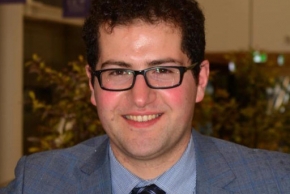Uncertainty quantification in seismic hazard and risk assessments and utilization of large-scale simulations in Cybershake New Zealand project for accurate ground motion modelling
Abstract
Approaches to propagate the effect of epistemic uncertainty in seismic hazard measures to performance metrics are presented. One of the main contributors to the variability in hazard and risk metrics is the uncertainty in the ground motion estimates. The overall procedure to determine the design ground motion level is outlined and the role of empirical ground motion models and their limitations is discussed. Considering the recent paradigm shift in seismic hazard modelling towards physics-based methods, recent efforts in the Cybershake New Zealand project focused on the nationwide quantification of seismic hazards via high-fidelity simulation techniques are discussed. An application of such simulation methods to guide risk-sensitive urban planning is also presented.
Short biography
Research:
Karim Tarbali's research focuses on developing methodologies to quantify the uncertainty in natural hazards and risk metrics. He also work on developing usable techniques to utilize the outcomes of large-scale simulations in engineering design and assessments.
Education:
• PhD in Earthquake Engineering, University of Canterbury, New Zealand (2017)
• MSc in Earthquake Engineering, International Institute of Earthquake Engineering and Seismology, Tehran, Iran (2012)
• BSc in Civil Engineering, University of Mohaghegh Ardabili, Ardabil, Iran (2009)
